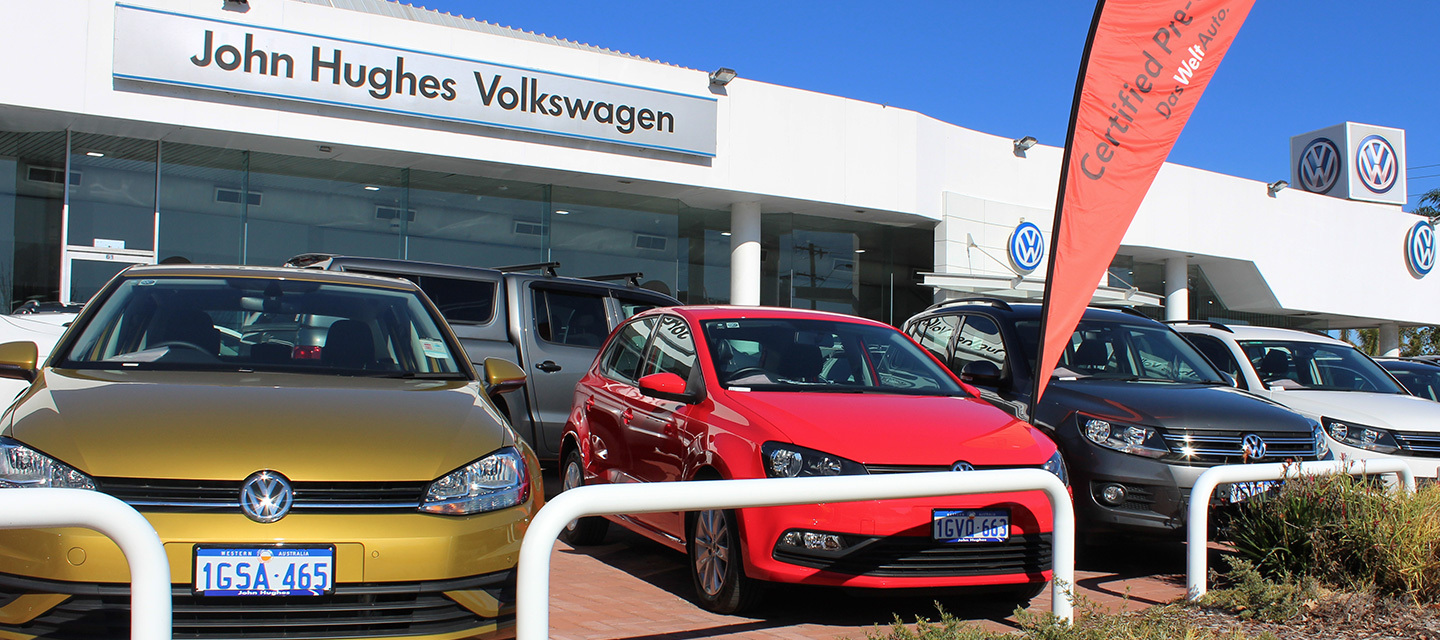5 Tech Innovations from Volkswagen

5 Tech Innovations from Volkswagen
Since 1937, Volkswagen has been providing the world with fresh, groundbreaking ideas on a regular basis. They frequently top the list of most money spent on research and development, with $13.5 billion spent between 2013 and 2014 alone.
Here are some of the ways VW’s game-changing attitude towards vehicle manufacturing ensures that they remain one of the most forward thinking companies in the world.
World Leader in Platform Sharing
Volkswagen, which has partnerships with nearly 30 other makes and manufacturers in its group, manages to save costs without reducing the unique personality of any of their vehicles. In fact, they have one of the most diverse-looking vehicle lineups of any major auto group.
Their secret lies in their ambitious MQB platform program. These modular vehicle bases allow for thousands of different possible combinations while sharing a common family of parts. The only fixed measurement is the distance between the front axle and the firewall. Everything else, from the wheelbase to the front and rear overhangs, can be altered dramatically. For the Volkswagen brand alone, the MQB is used in the Polo, Golf, Scirocco, Jetta, Tiguan, Touran, Passat and several others.
Letting Drivers Take a Backseat
Stanley, who now resides at the Smithsonian Air & Space Museum in Washington D.C., won the US Department of Defense’s 2005 Grand Challenge for autonomous vehicles. As you may have guessed, Stanley is the name of a car — a 2004 Touareg to be exact.
Using a sophisticated 3D scanning camera in conjunction with a GPS system, Stanley navigated a grueling course through the Mojave Desert to beat out the other competitors. The race included a precarious mountain pass that would force any sloppy robot driving to cause the vehicle to plummet hundreds of feet.
Stanley won the race in six hours and 54 minutes, beating the runner up by ten minutes. Stanley’s successor, a 2006 Passat Wagon named Junior, won the race again in 2007.
Putting as Much “Oomph” Into the Road as You Need
Active suspension technologies have been improving over the past few decades, but few can match the control and precision of VW’s DCC Adaptive Chassis Control System. Their version uses electronically-controlled suspension struts that react to changes in the road environment within milliseconds.
One thing that sets VW’s version apart from competitors is that it has precision-tuned profiles to change the feel of your ride with the press of a button. For casual driving, you can choose “Normal” or “Comfort” settings, which work harder to reduce shock and vehicle movement as you pass over bumps or through curves. A “Sport” setting stiffens the ride up for better braking, acceleration and turning.
Getting You There with Less Fuel
Looking like a vehicle straight out of the future, VW’s XL1 model is one of the most fuel-efficient cars in the world. Its tiny 1 litre twin cylinder diesel engine uses only 2.0 L/100 km. Combined with the on board electric motor, that efficiency increases to 0.9 L/100 km.
Even though the tiny twin cylinder only generates 55 kW, the light 795 kg curb weight lets it accelerate from 0 to 100 km/h in 11.9 seconds. An XL Sport concept promises even more power, harnessing the might of the Ducati 1199 Superleggera engine.
Don’t hold your breath on getting one of your own, though. Only 250 were made and have been sold using a lottery system. Expect this sort of technology to drive efficiency in other hybrid Volkswagens down the line.
Changing the Way We Interact with Cars
Volkswagen turned heads at the 2015 Consumer Electronics Show in Las Vegas, Nevada with their Golf R Touch concept. While this vehicle looks ordinary on the outside, it holds the possible key to the future of vehicle control in its interior.
Three LCD screens govern literally all of the functionality and information display in the car. A digital Active Information Display shows the instrument cluster, a large touch-screen controls infotainment and navigation, and a smaller screen is dedicated to climate and audio controls.
These screens may sound like nothing new, but what sets them apart is that touching them is completely optional. Cameras mounted throughout the car let drivers use gestures like pointing for button presses to avoid taking their eyes off the road — or smudging the beautiful screens with fingerprints. To open the sunroof, all you have to do is stick your hand up and pretend to push the glass backward. To adjust the seat, place your hand underneath it and use gestures to indicate direction.
All of these features could easily change how we see cars in years to come, and thanks to Volkswagen’s generous R&D spending, the future can only get brighter. To sample their innovation first hand, visit our new car section to find the make and model you want, then come in for a test drive.
